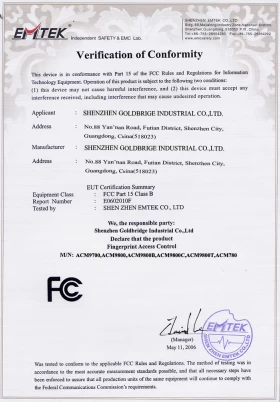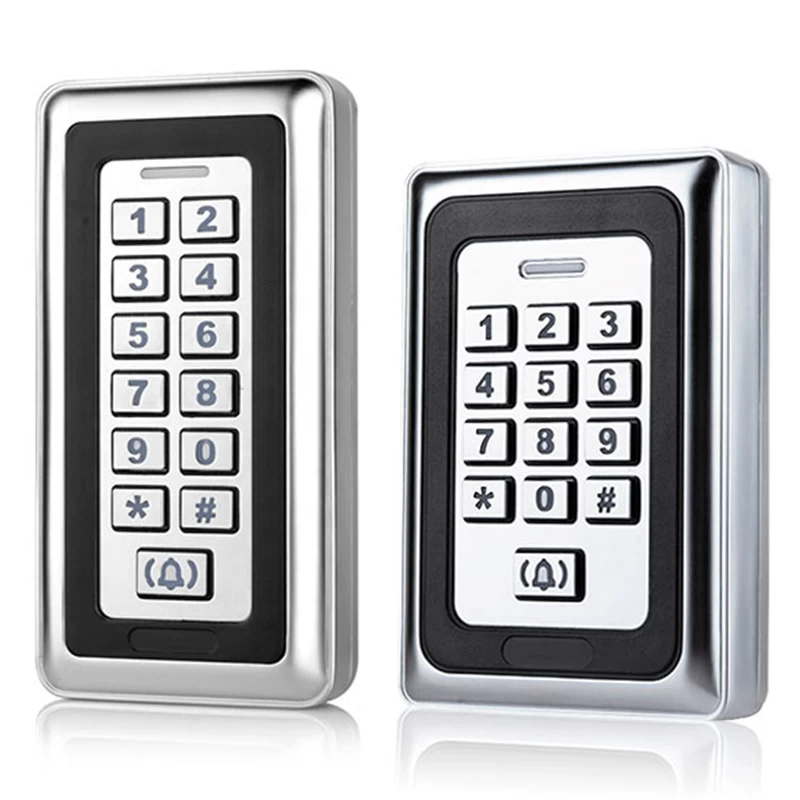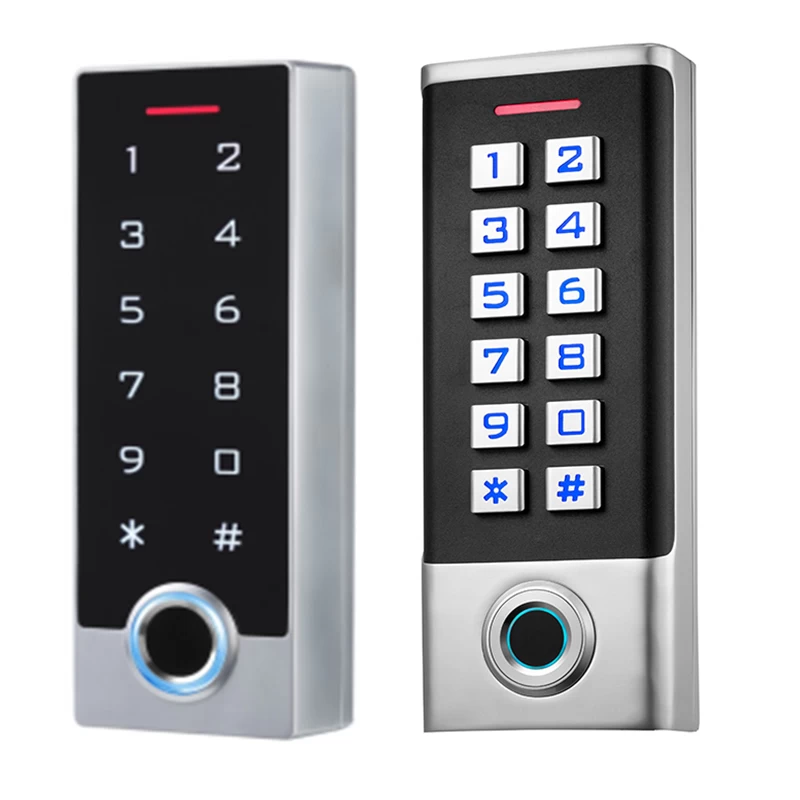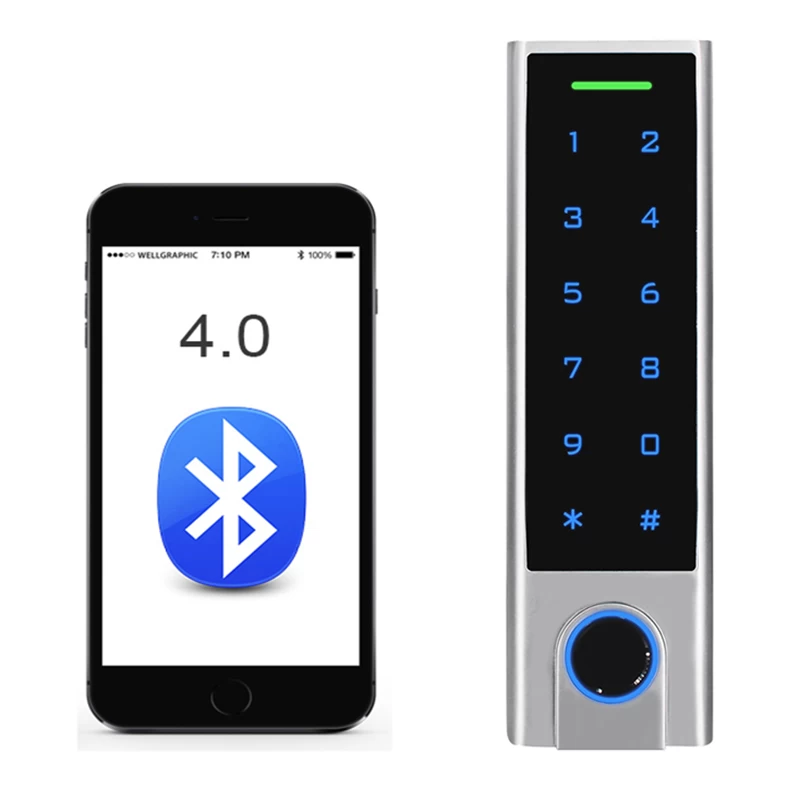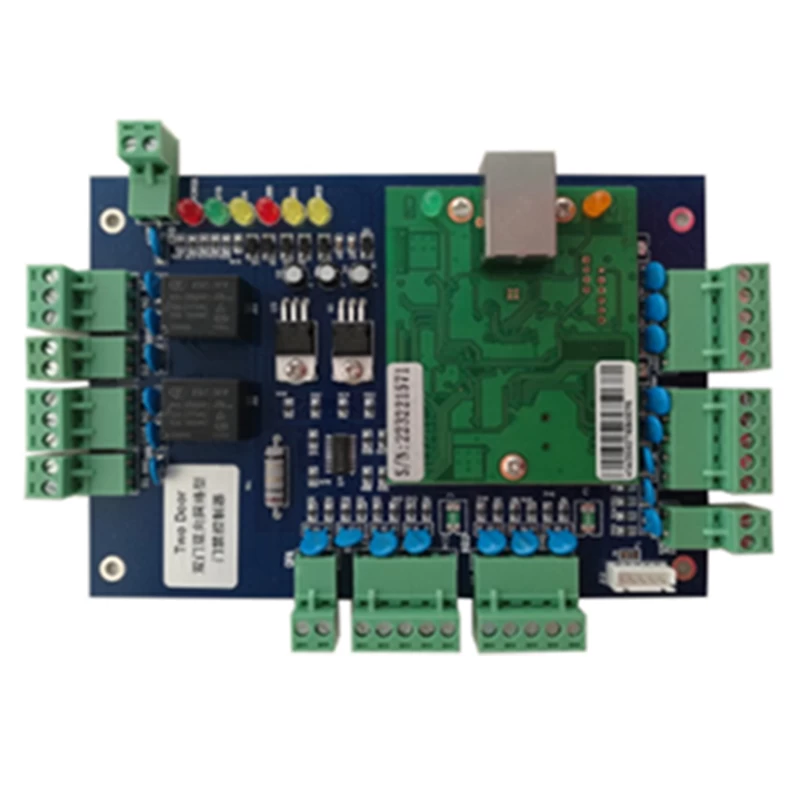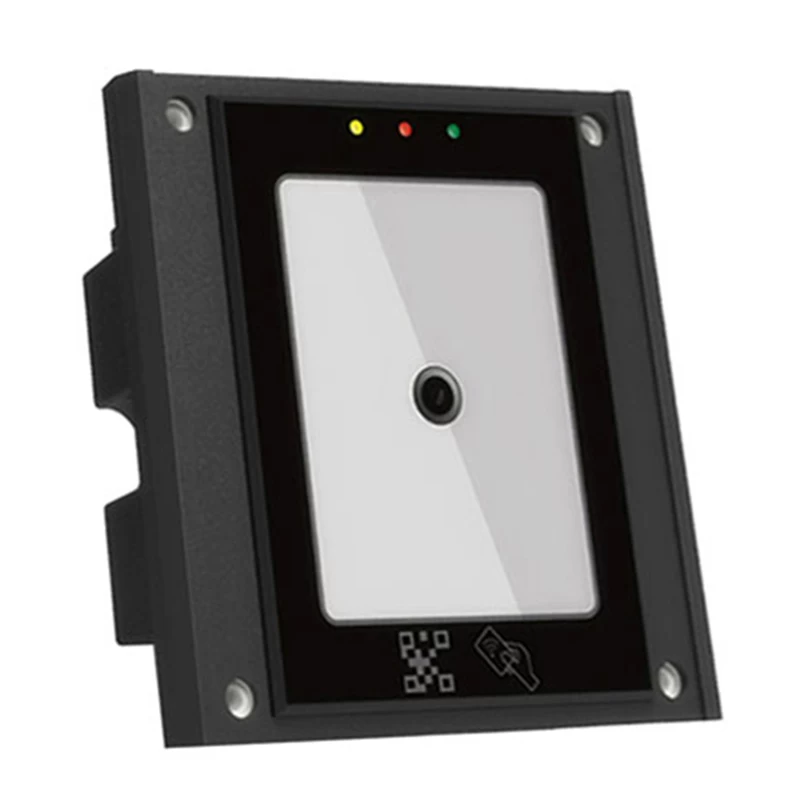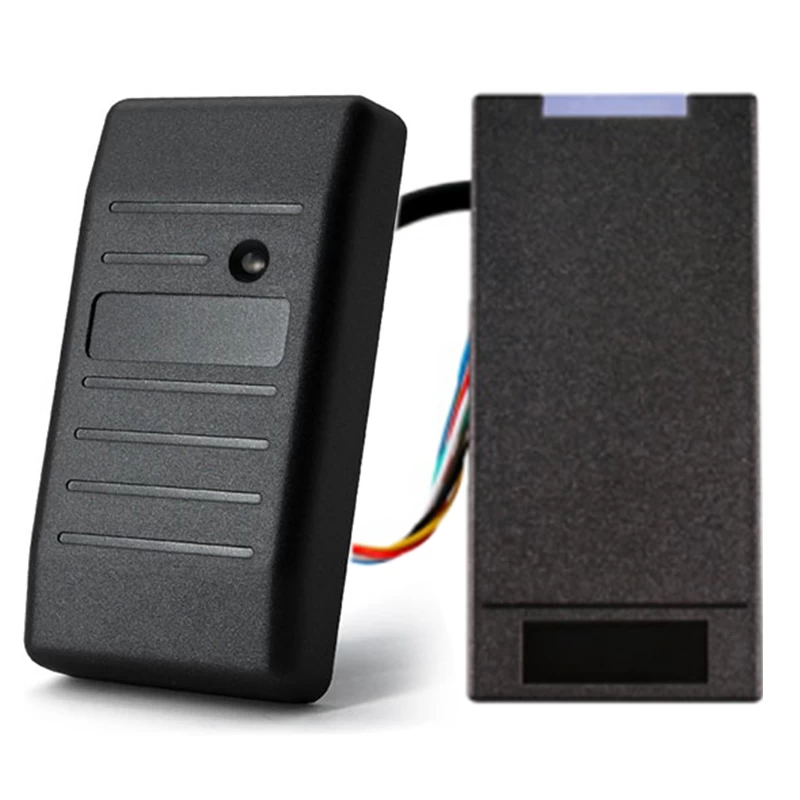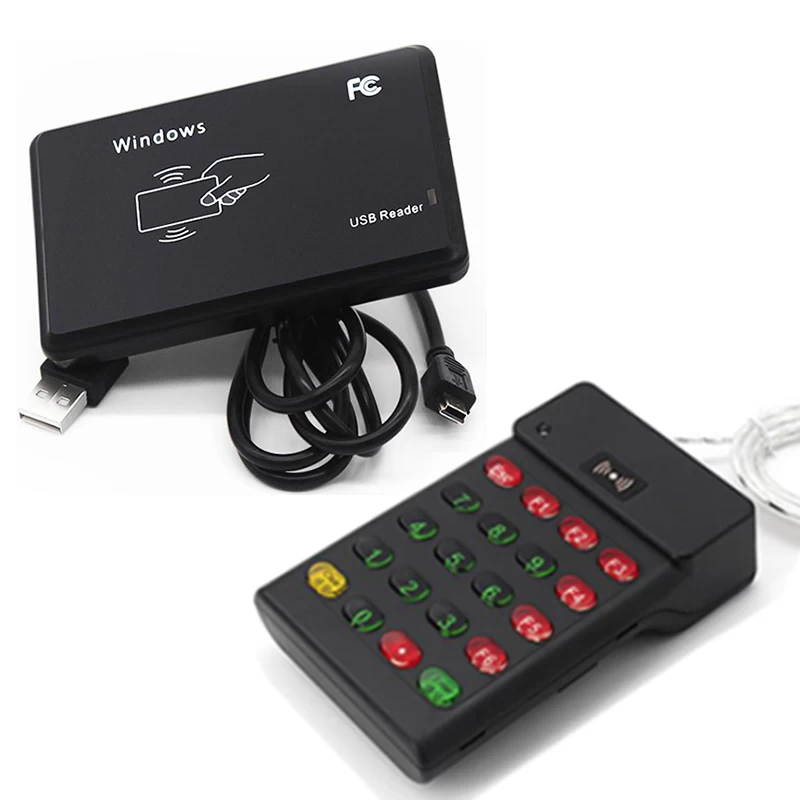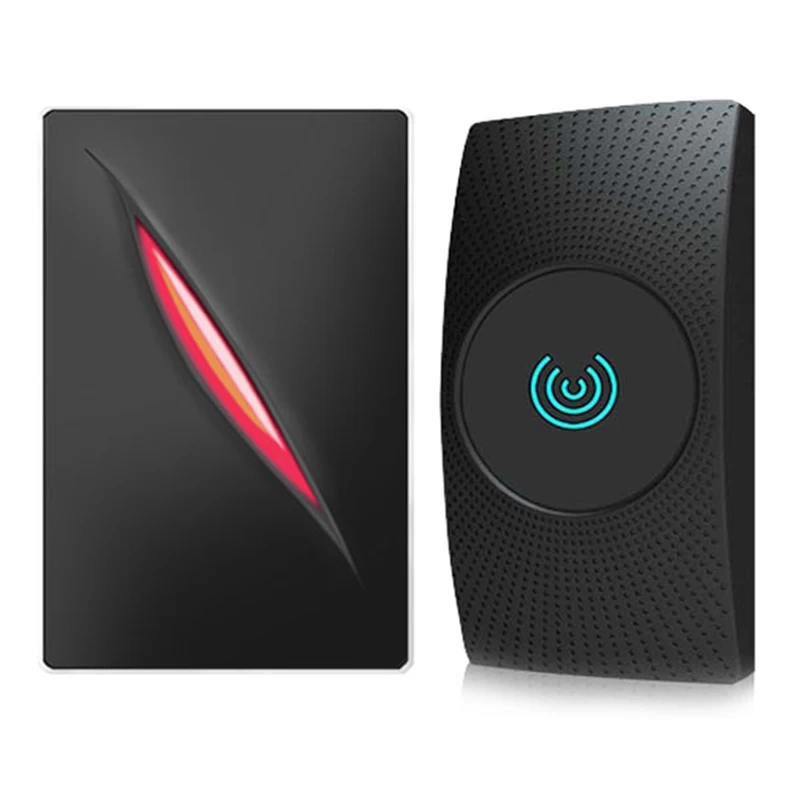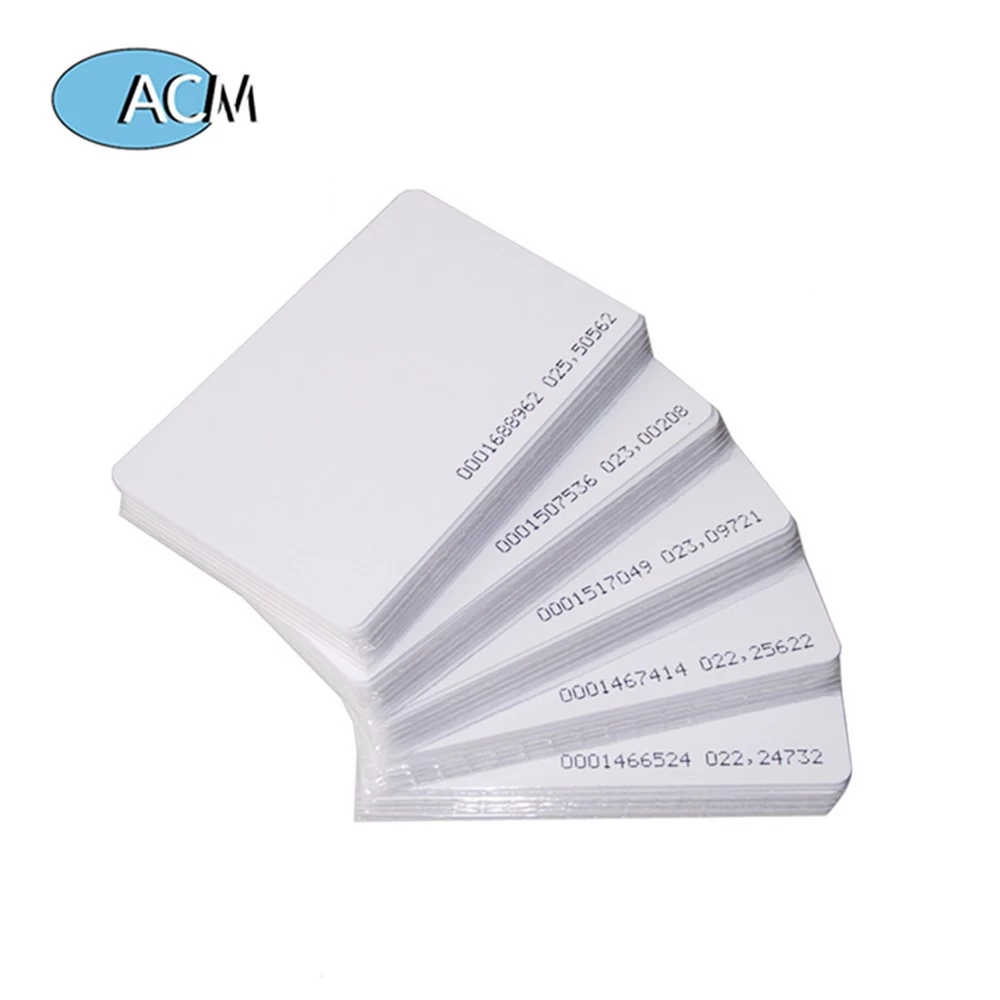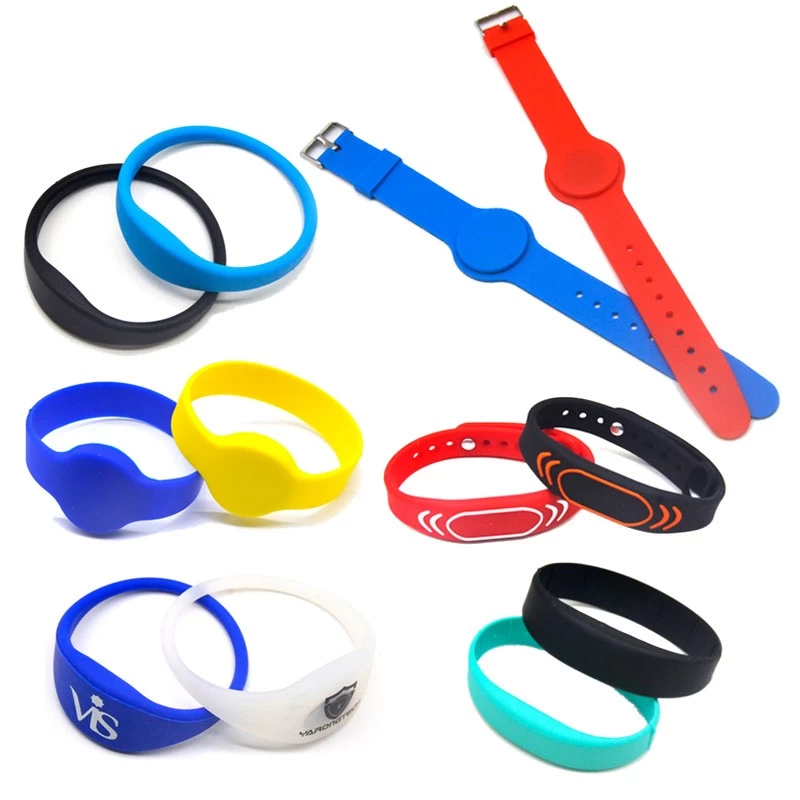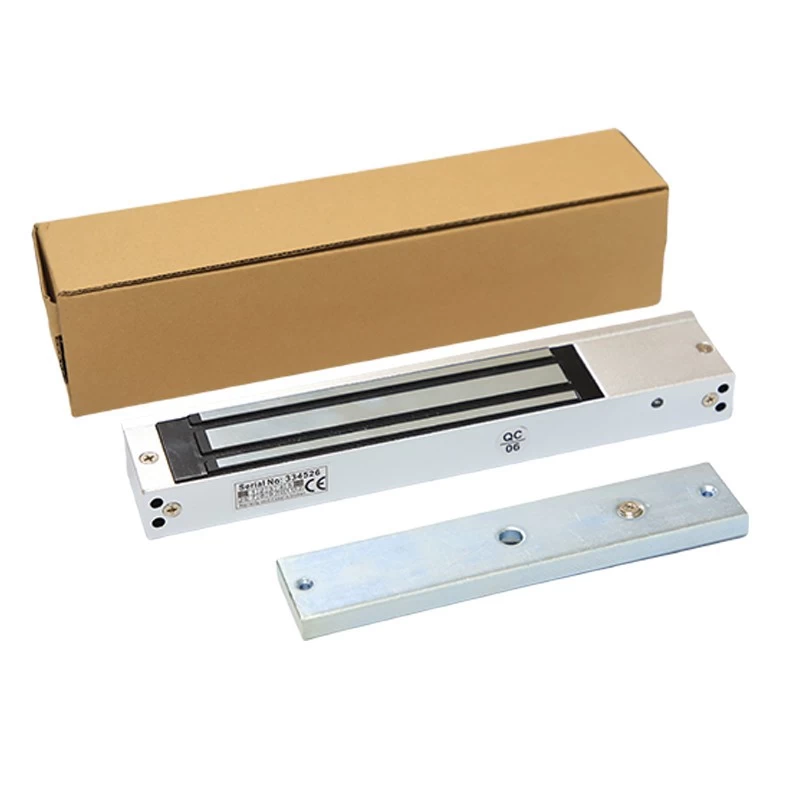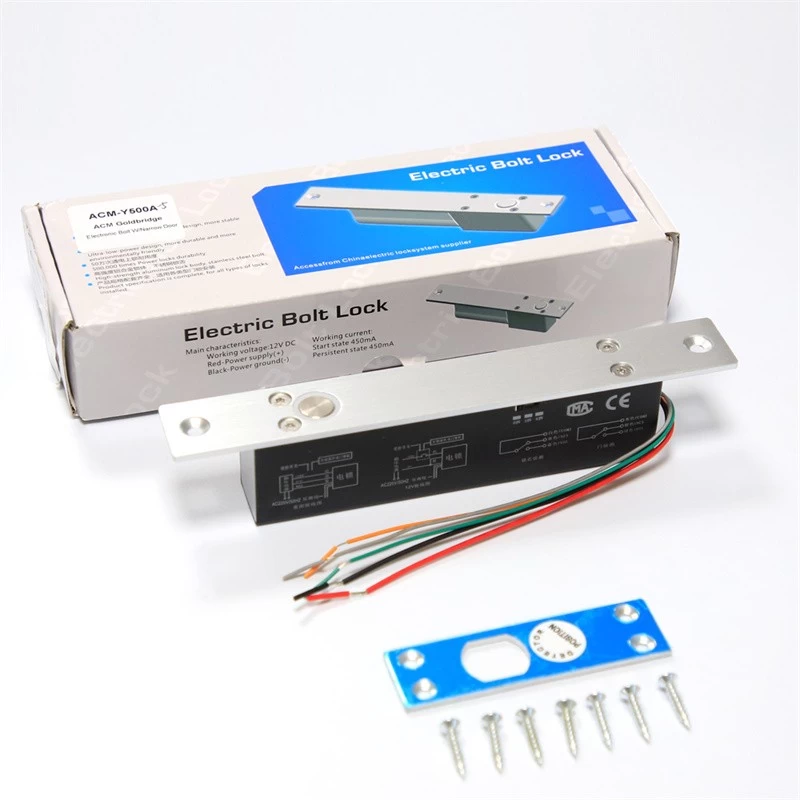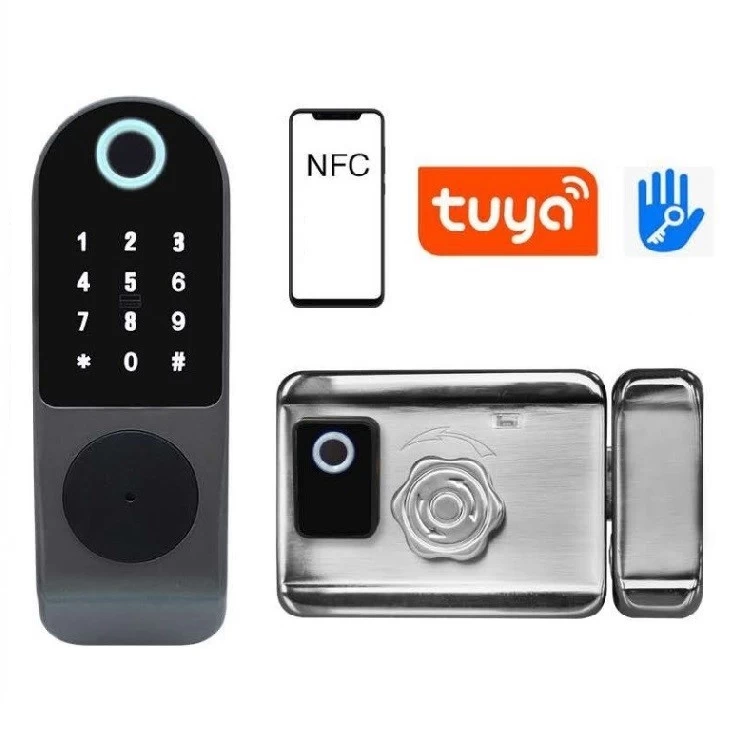Understanding the Basics of Near Field Communications (NFC): The Future of Wireless Connectivity

Near Field Communication (NFC) is revolutionizing the way devices interact, offering seamless, short-range wireless communication with just a tap. From contactless payments to smart home automation, NFC technology is becoming an integral part of modern connectivity.
How NFC Works
NFC operates within a 4 cm range, enabling secure data exchange between devices. Unlike Bluetooth or Wi-Fi, NFC requires minimal power and establishes instant connections without manual pairing. This makes it ideal for mobile payments (like Apple Pay and Google Wallet), access control, and even public transportation systems.
Key Applications
-
Contactless Payments – NFC-enabled smartphones and cards allow fast, secure transactions.
-
Smart Tags – NFC tags automate tasks, such as launching apps or connecting to Wi-Fi.
-
Device Pairing – Quickly link headphones, speakers, or other gadgets with a single tap.
-
Identity Verification – Used in passports, employee badges, and hotel key cards.
Security & Future Prospects
While NFC is inherently secure due to its short range, encryption ensures protection against eavesdropping. As the Internet of Things (IoT) expands, NFC is expected to play a bigger role in smart cities, healthcare, and retail.
With its convenience and versatility, NFC is set to redefine wireless interactions—making the "tap-and-go" experience a cornerstone of tomorrow’s tech landscape.






